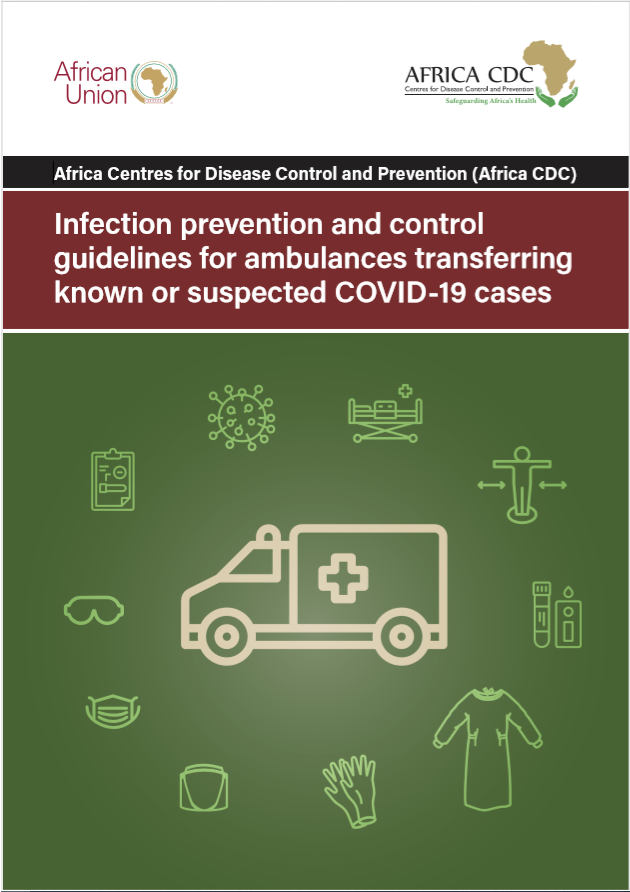Introduction: These guidelines outline the minimum operational guidance for infection prevention and control (IPC) in ambulances transferring suspected or confirmed COVID-19 patients. Ambulance staff should be trained in the procedures outlined here as part of their induction and prior to starting work. They are to be supported by their operating organization with available personal protective equipment (PPE) and cleaning materials. These guidelines are subject to adaptation according to the specific operational context. Standard infection control precautions must be used with all patients. These are principles of good practice intended to minimize exposure to and transmission of all infections, and should be applied in the care of all patients, all of the time. Standard precautions include hand hygiene, environmental cleaning and proper procedures concerning blood and body fluid spillages, sharps, waste, linen and PPE. In addition, when transferring patients with suspected or confirmed COVID19, contact and droplet precautions should be employed. It is advisable to put in place engineering controls such as screens between the driver and the patient to avoid the need for the driver to wear PPE. Windows in the rear of the vehicle should also be kept open to increase the number of air changes.1 Ambulance staff should always receive a verbal handover from the medical team caring for the patient, if transmission-based precautions are required the ambulance crew is to be made aware of these before transfer. The medical team is also responsible for preparing the patient for transfer. If the ambulance team is collecting a patient from the community, they should be guided by local policy and risk assessment (screening or triage) when deciding on the need for transmission-based precautions.2
